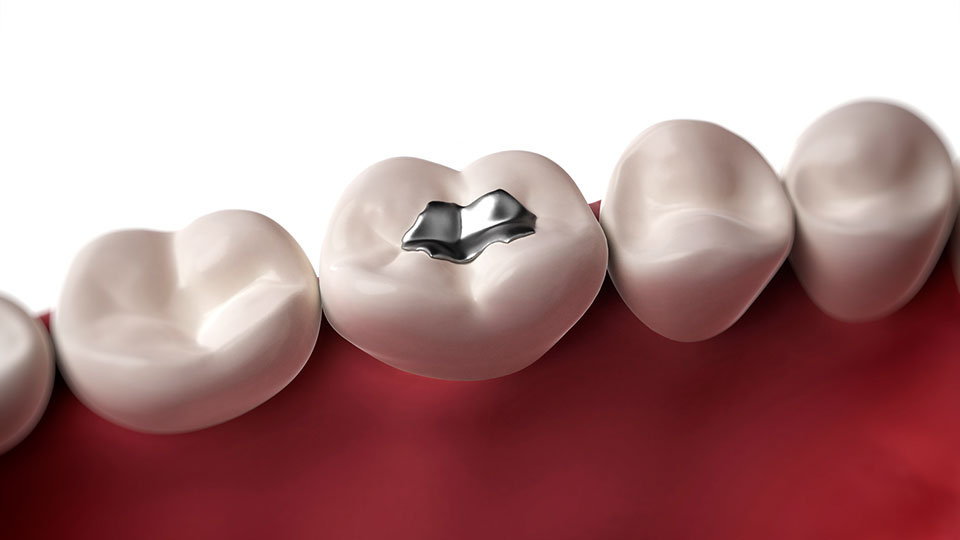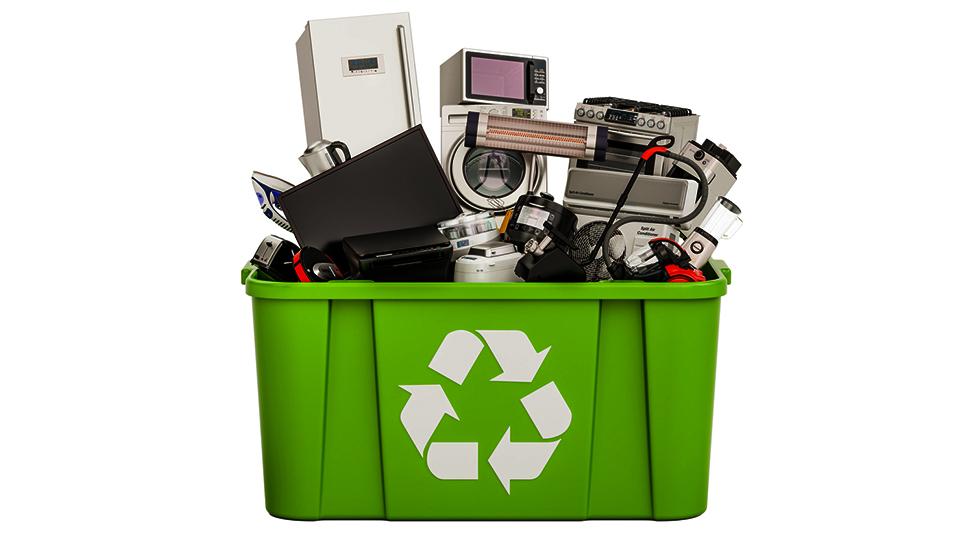As we move from the fossil fuel age into the battery-electric age we don’t want to swap one set of environmental problems for another. It’s therefore important that any risks posed by the new materials that will underpin a clean energy economy are identified and addressed.
A new finding from the Universities of Wisconsin and Minnesota illustrates what one of those risks may be. Professor Robert J. Hamers and his team discovered that a key component of lithium ion batteries spells trouble for an important soil microorganism.
The material in question is nickel manganese cobalt oxide (NMC). In a nanoparticle form it is increasingly being used as an efficient cathode material in lithium ion batteries.
The bacterium of interest is Shewanella oneidensis, a hardy species found worldwide in soils and sediments. Its importance is that it normally thrives on metal ions, converting them into a form that provides nutrients for other bacteria. But when exposed to NMC, both the growth rate and respiration of S. oneidensis were reduced.
Red Flag
This is just one study on a single microorganism and it will take more research on a wider range of microbes to identify the magnitude of the problem. However, it does raise a red flag. As consumption of batteries increases, plenty will find their way into landfill and into the environmental conditions where the NMC can dissolve and spread their damage. It’s an example of how solving one problem can create a string of new ones.
Recycling The Solution
While Hamers believes the ultimate solution is to develop environmentally benign materials that do the same job, it’s a fair bet that a lot of NMC is going to need disposal in coming years. The best solution for dealing with it will most likely be battery recycling.
As purified metals, nickel, manganese and cobalt are all worth substantially more than lead. Given that lead-acid batteries enjoy a high recycling rate due to the favourable economics of recycling the lead, the economics of recycling NMC may also turn out to be positive. It will depend on the overall cost of recovering the NMC and either restoring it in some way or re-purifying the metals. If economics alone are not enough to ensure recycling, some form of regulation may be required to encourage it.
It’s Up To All Of Us
Lithium ion batteries are used in everything from phones and cameras through to electric cars and buses right up to grid-scale batteries connected to electricity networks. The larger the battery, the more likely it is to be properly recycled, so it’s the smaller batteries, the ones that we discard without a second thought, that may represent the biggest problem.
Studies like this one by Hamers and his team provide a further example of the importance of recycling all batteries, whatever their size or type.
Fortunately, recycling batteries is easier than you may think.
Title Image source: Via Wikipedia: Cultivating Bacteria’s Taste for Toxic Waste. Gross L, PLoS Biology Vol. 4/8/2006, e282 http://dx.doi.org/10.1371/journal.pbio.0040282






